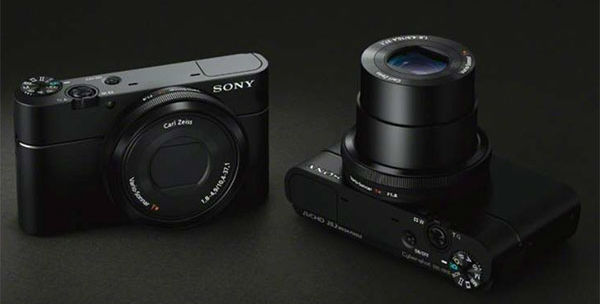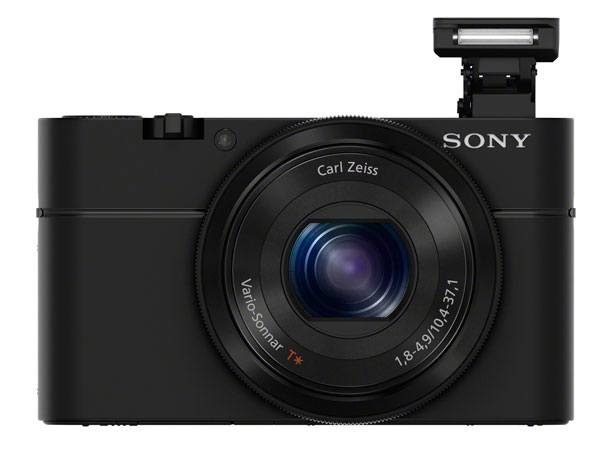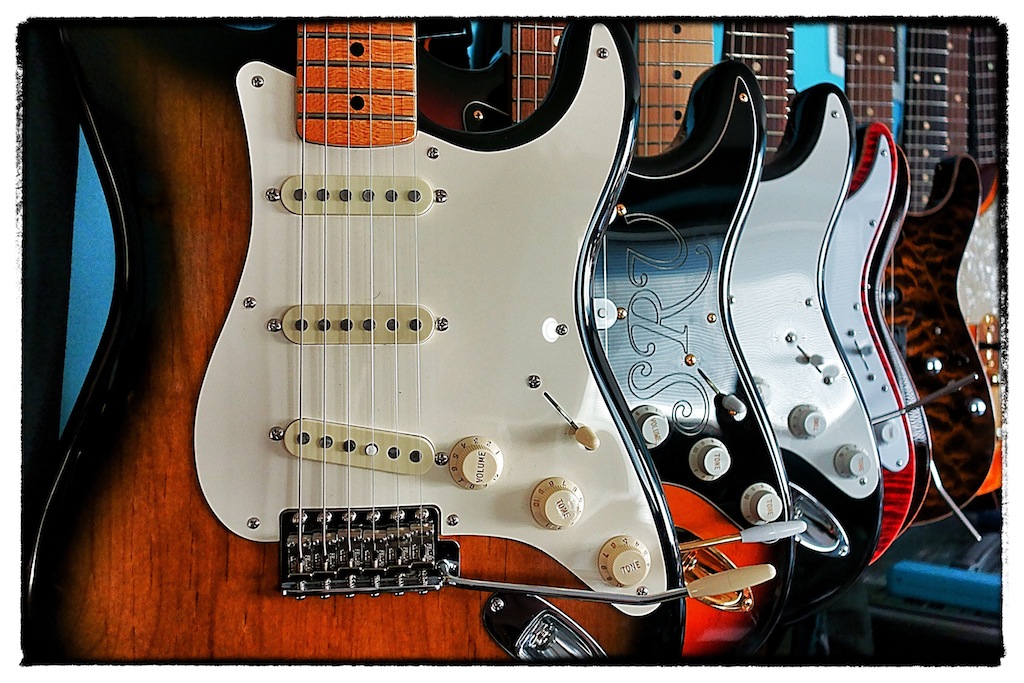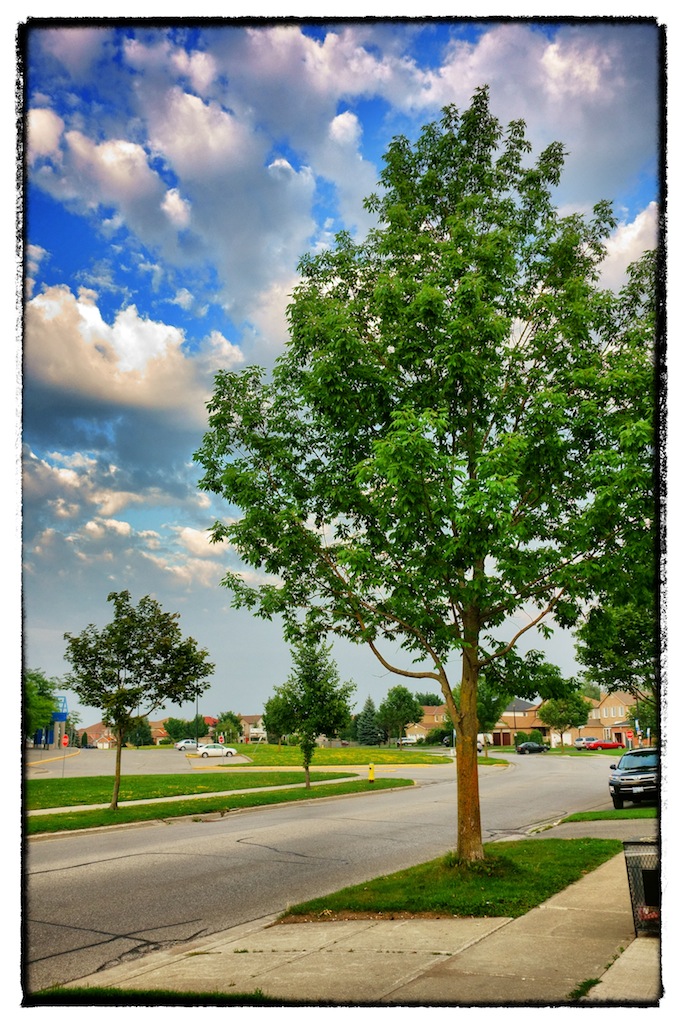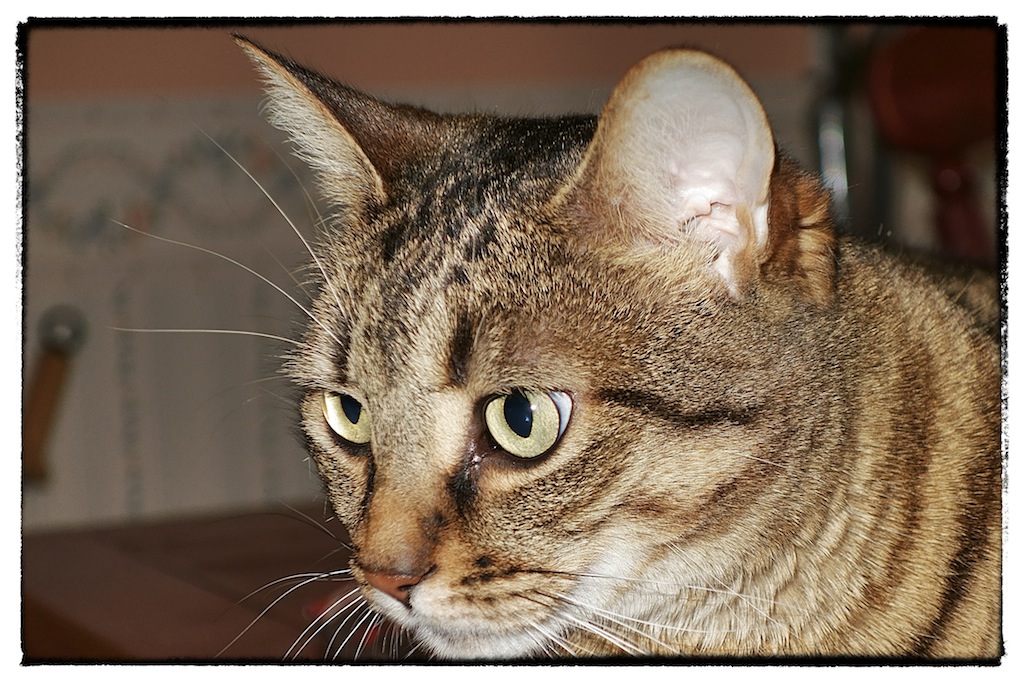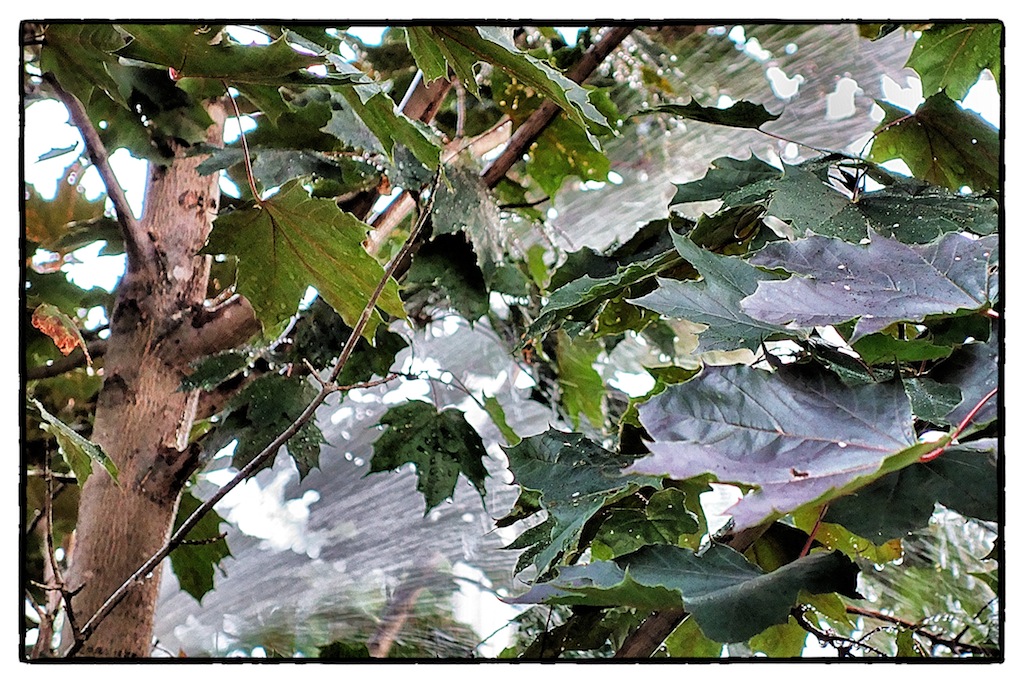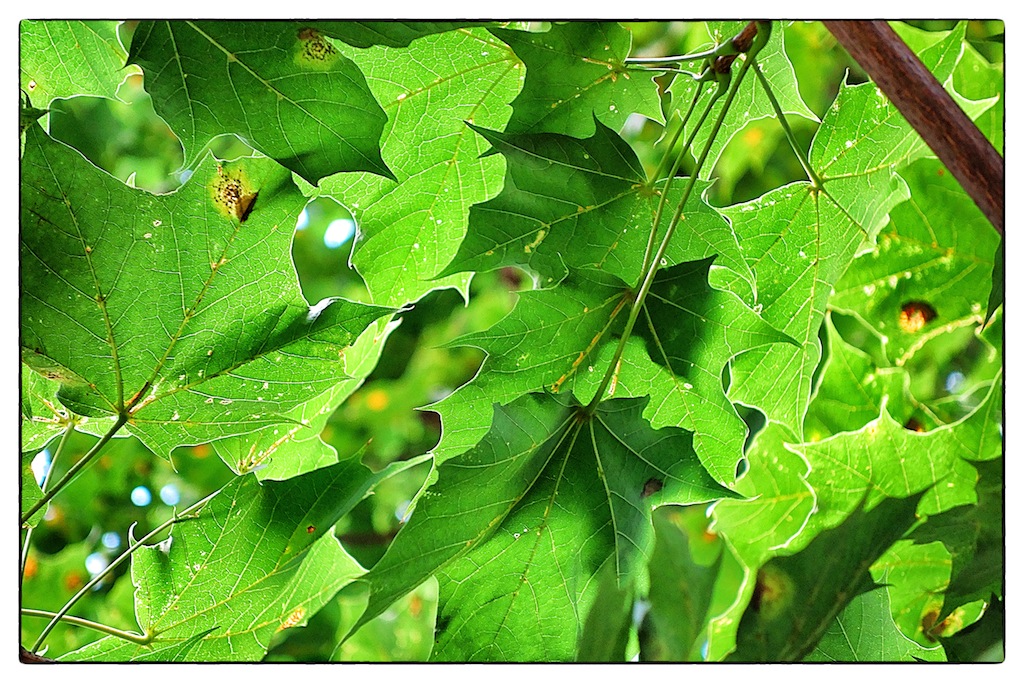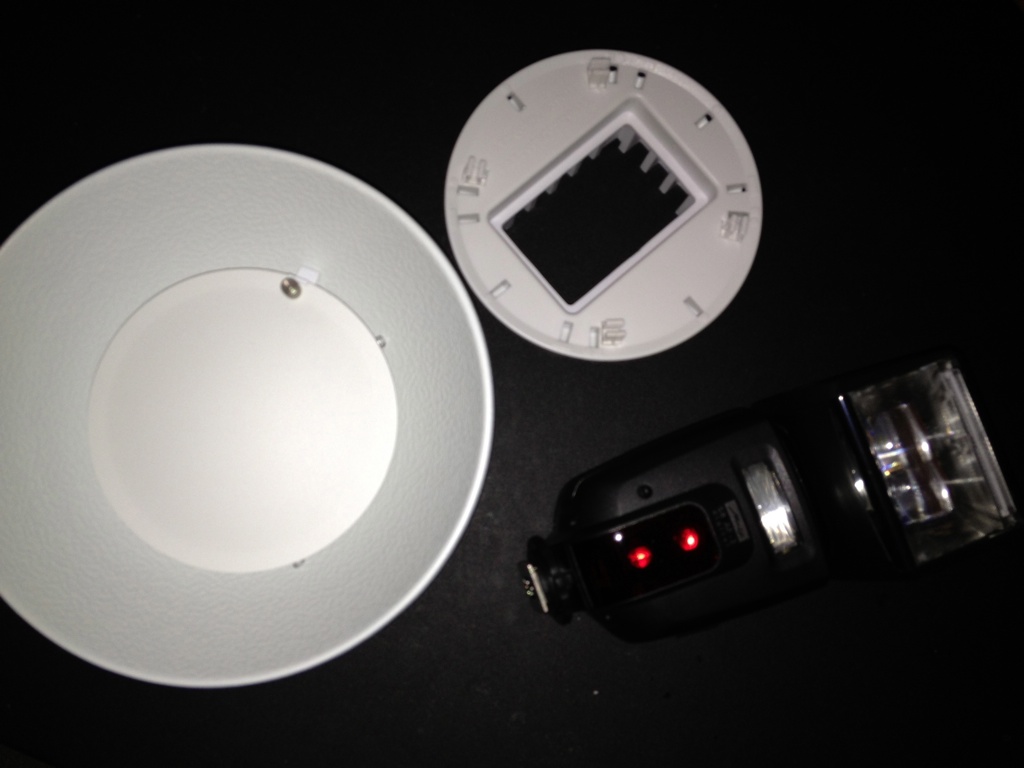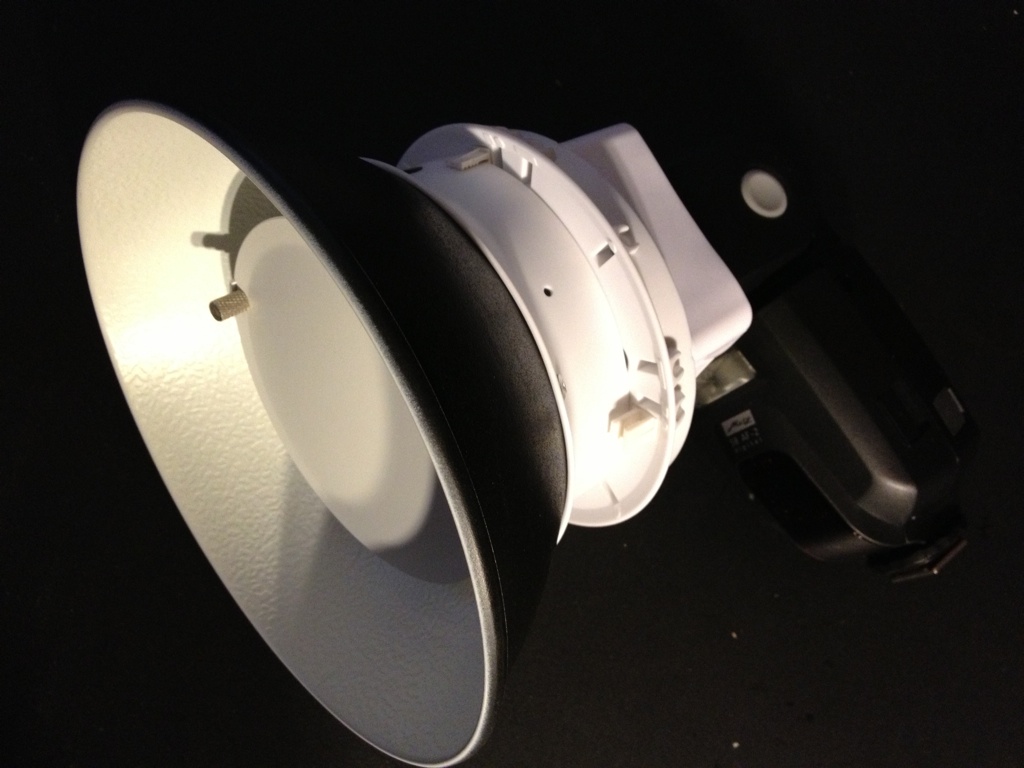REVIEW : Canon 180/3.5L Macro Lens
/Introduction I enjoy macro photography and have worked hard to try to build a bit of skill on the subject. While many lens claim to be "macro", to be true macro lenses they need to deliver 1x life-size on the sensor. This means that if you have a full frame sensor of 24mm x 36mm, then the lens must be able to produce an image of the subject that is 24mm x 36mm in real life.
Macro photography can be challenging because depth of field diminishes as the image plane gets closer to the subject. This is just optics math in action, so consequently, small apertures are used for the closest shots to avoid having only a pinpoint deep focus depth. At the same time, macro lenses need to be optically fast to aid focusing in poor lighting conditions.
Macros are best done from a stable platform, such as a tripod because you might find yourself with slower shutter speeds to accomodate the small aperture, and you want to avoid pushing the ISO too high to maintain the highest possible resolution and low noise.
When we shoot close, we also often need to manage the light as proximity might create shadows or block out the light entirely. The sample images included here were done with multiple flashes because the ambient light just would not work. Flash is very useful in macro work because our subjects may be moving, and when very close, even subtle movement can blur the photograph.
I have owned the Canon 100/2.8L macro for some time and like it very much. I do not advocate macros shorter than 100mm because with a shorter lens you must be physically very close to the subject. This distance between the front element and the subject is referred to as "stand-off distance". By the same token, we also know that as focal length increases at a given aperture and camera to subject distance, depth of field is reduced so to go too long will result in depth of field compromise.
 After listening to noted photographer Bill Fortney advocate Nikon's 180mm macro lens, I arranged to borrow a Canon 180mm f/3.5 L series macro for testing purposes. Even the 100mm when shooting life-size requires you to be very close and as I wanted to use softboxes and octas as my sources, I knew I would benefit from the increased stand-off distance the longer lens affords.
After listening to noted photographer Bill Fortney advocate Nikon's 180mm macro lens, I arranged to borrow a Canon 180mm f/3.5 L series macro for testing purposes. Even the 100mm when shooting life-size requires you to be very close and as I wanted to use softboxes and octas as my sources, I knew I would benefit from the increased stand-off distance the longer lens affords.
Lens Specifications
- Focal Length : 180mm
- Maximum Aperture : f/3.5
- Construction : 14 elements in 12 groups
- Angle of View : 13 degrees 30 minutes
- Closest Focus Distance : 0.48m / 1.6ft
- Filter Size : 72mm
- Size and Weight : 3.2" x 7.3", 2.4 lbs. / 82.5 x 186.6mm, 1,090g
- Includes : Reversible Lens Hood, Tripod Collar
Thoughts
The lens is very sharp and focus is quick because of the Ultrasonic motor. Focus is internal and of the floating type. This method is more costly to make but the value returned is minimized aberration as focus distance changes. It's one of the distinctions between a proper macro lens and a generic one.
The tripod collar increases size and weight but I wish I had one on the 100mm that I own. Changing camera orientation does not change the image centre, allowing for creative positioning without massive amounts of reset work from a focus and cropping perspective.
In very low light, I found that autofocus with the 1D Mk IV was not effective. This isn't surprising as the flower petals were not particularly contrasty and even when manually selecting focus points, there just wasn't enough light to make AF accurate. Switching the lens to manual focus completely decouples AF and the manual is fast and light. Subjects snap in so I am quite impressed. I also use an old Minolta angle finder to avoid neck strain and on the rare occasions where I just need more magnification, use Live View and a Hoodman loupe. The net of it is that obtaining critical focus is simple and consistent.
I was using a set of Metz 58 AF-2 flashes in Westcott Apollo striplights and octas as the primary source and a third Metz with Rogue gels firing at the background paper. I was using Pocket Wizard radios and their AC3 zone controller and as documented earlier was underwhelmed with the zone control performance. As the shots were being captured between f/29 and f/32 I was pushing the Metz flashes in the softboxes very hard. Moving the flashes to manual output from eTTL gave me more control. This is a Pocket Wizard Zone controller issue, not a flash problem and I've documented it elsewhere. Once past a number of false starts with the lighting, I was able to get to where I wanted to be.
Colour rendition from the lens is excellent. As I always do, I used a B+W UVA filter on the lens. B+W filters are superb and I still wanted the protection for the front lens element in case of something very bad happening. I used a Jobu lens foot to convert the standard tripod mount to one that would fit the Really Right Stuff bracket that I use. This is not a flaw in Canon's tripod foot, it is entirely done to suit my tripod configuration.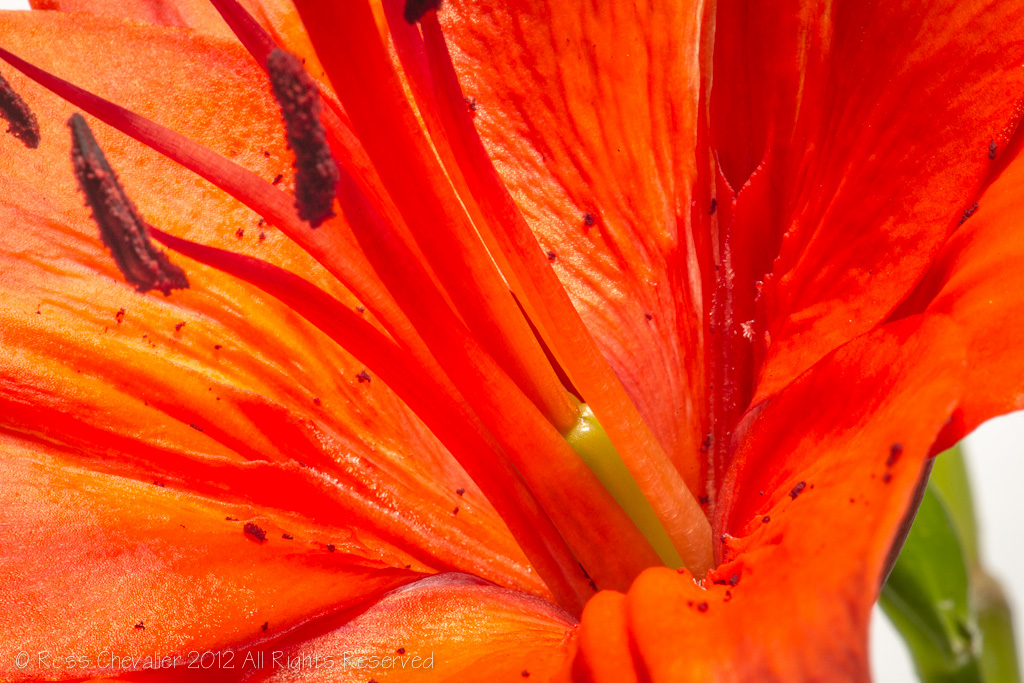
On the 1D Mk IV, the effective focal length is 234mm due to the 1.3x crop factor in the camera. That's about as long as I would care to go for macro. Mounting the lens on the 1Dx full frame makes this lens a really fine portrait lens too, although I don't think I would switch to it away from the 700-200/2.8L that is my portrait "go-to" lens.
I did not experience vignetting or sharpness falloff centre to edge and you shouldn't with a high end macro lens. I opened the RAW files in both Lightroom and DxO Optics Professional and was pleased to see that the lens profiles in both were needed not at all to address lens issues. This simple test is a strong indicator of where design issues exist in lenses. Lightroom's profiles are excellent and in my opinion, those from DxO Optics are the best in the business. When these acclaimed profiles make only miniscule corrections, this is indicative of superlative lens design.
Conclusions
I have to return the lens soon and will be sad to see it go. If I did not already own the similarly excellent 100/2.8 L macro, I would not be returning the 180/3.5L. Knowing what I know now, it's the one I would buy if I could have only one macro lens. I want to thank Nathan Reeder at Henry's for assisting me in obtaining the lens for the review.
Highly recommended.













